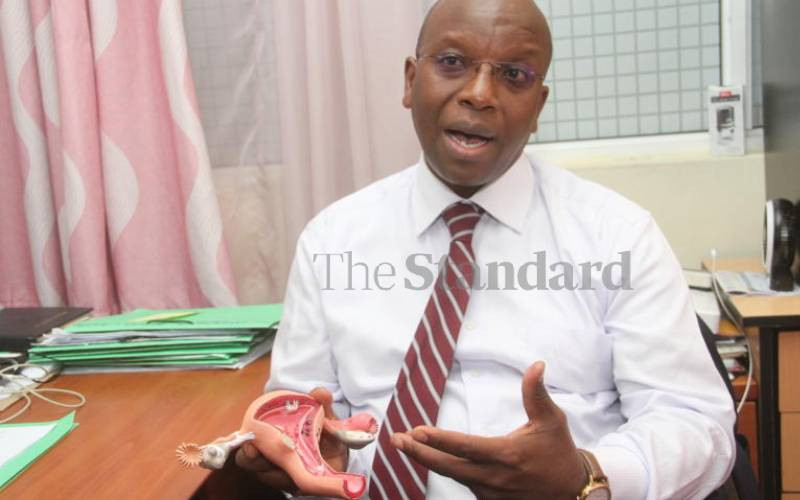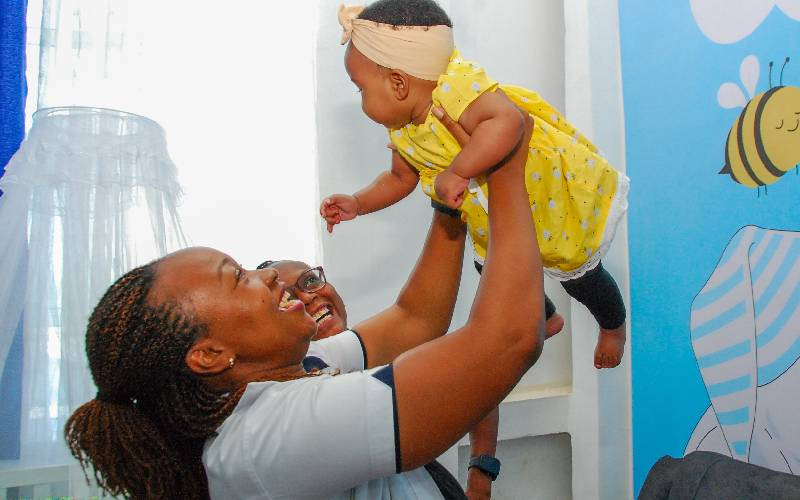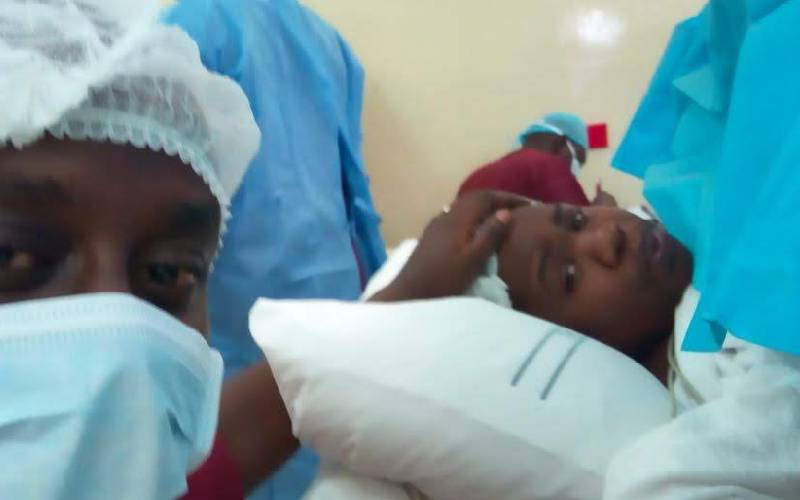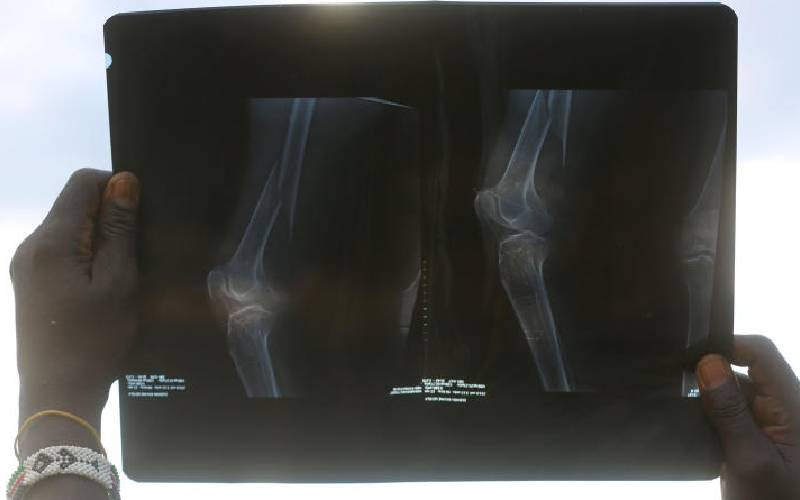
Fibroids are becoming a concern among women of childbearing age, with fears of infertility mounting, more so among those yet to conceive.
However, Dr Kireki Omanwa, an obstetrician and gynaecologist, demystifies the condition saying a woman with fibroids can conceive.
Fibroids, Omanwa explains, is a common medical condition in women aged between 40 and 60 years, and is most common among women of African origin.
"Fibroids are growths in the smooth muscle cells of the uterus. The cause remains unknown," says Dr Omanwa.
Fibroids can grow in the muscle wall of the uterus (myometrial), under the surface of the uterine lining (submucosal) and the outside lining of the uterus (subserosal). However, they may develop in other areas where smooth muscle cells are found.
According to Dr Omanwa, at least 90 per cent of women with fibroids are asymptomatic. Those who experience symptoms have extremely heavy periods with blood clots, cramps, feeling weak, fatigue, dizziness, the feeling of bowel pressure and pain during sex. The symptoms at times mimic cervical cancer, for example, bleeding during sex and a swollen abdomen.
Dr Omanwa notes that diagnosis majorly depends on a patient's history. "When a patient presents for fibroids tests, a doctor will ask when she had her first period and how the periods present (whether heavy or light)," Dr Omanwa says.
"When a patient says they have clots during their periods, the first thing we think about is that there is a possibility of fibroids," explains Dr Omanwa.
- Understanding infertility: The myths and misconceptions
- Uterine growths can give you bad shape and cause kidney failure
- How fibroids deny many women motherhood
- Lupita's battle with fibroids: What every woman should know
Keep Reading
There are various methods used to diagnose fibroids. Radiology where pelvic exam and ultrasound- to give the number of fibroids, their numbers and their location. Normal blood tests, physicals, a CT Scan and MRI can also be done to test fibroids.
Patients with fibroids, he explains, can either be treated through invasive or non-invasive methods that entail giving medication or removal of the growth.
"If the symptoms have not affected the haemoglobin level, we may use medication," he adds.
Surgery can go as far as the removal of the entire uterus in a patient, depending on the size of the fibroid and location.
"Before surgery is conducted, doctors explain to patients that there is a chance that during the process, they may bleed and if it happens, they will have no option, but to get rid of the womb because it is a question of saving the patient or saving the womb," he notes.
The expert adds, "Sometimes we may go for removal of the fibroids, but end up removing the womb itself because the patient begins bleeding or is unstable."
Further, Dr Omanwa demystifies myths that women with fibroids cannot give birth.
"We have seen patients who have conceived even with huge fibroids, but the problem comes during delivery. Patients end up having prolonged or obstructed labour," he says.
For earlier diagnosis, he advises women to go for regular check-ups. "And they should carry along their husbands so that we can deal with them as a unit," Dr Omanwa says.
 The Standard Group Plc is a multi-media organization with investments in media
platforms spanning newspaper print
operations, television, radio broadcasting, digital and online services. The
Standard Group is recognized as a
leading multi-media house in Kenya with a key influence in matters of national
and international interest.
The Standard Group Plc is a multi-media organization with investments in media
platforms spanning newspaper print
operations, television, radio broadcasting, digital and online services. The
Standard Group is recognized as a
leading multi-media house in Kenya with a key influence in matters of national
and international interest.











